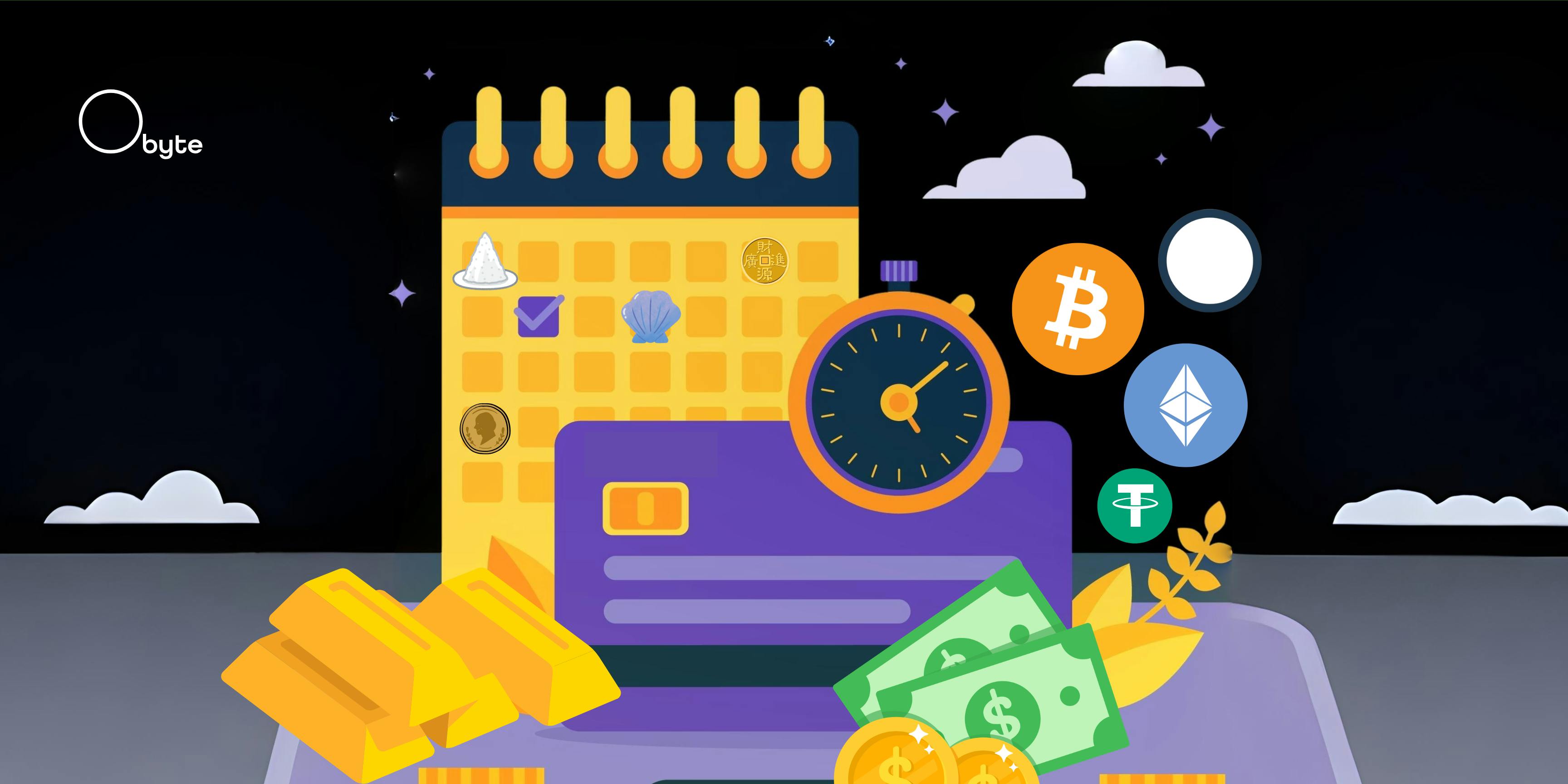Money isn’t just the stuff in your wallet or numbers in your bank app. It’s a concept that requires some faith. Deep down, money is a tool humans invented to simplify trade and cooperation. Instead of bartering apples for shoes, we agreed on something everyone would accept. This shared belief turned cowry shells, silver coins, or even electronic funds (like crypto money) into valuable things. It's like the greatest exercise of trust humanity has ever had in history.
Money usually has three big jobs: it helps us trade, track value, and save for later. To do those things well, it has to be portable, durable, divisible, and scarce. And here's the kicker —it also has to be seen as valuable by others. Sometimes that value comes from obvious usefulness (think salt in the days before refrigerators), and sometimes it comes from pure belief (like modern fiat or crypto). Either way, it only works as money if other people are willing to accept it, and that requires at least some level of trust or utility.
You probably wouldn’t want your paycheck in bananas. Not because they have zero utility, but because they’re hard to divide, spoil quickly, and no one’s going to take them as payment a week later. Even things with practical uses aren’t automatically good money. And things with no utility at all can still function as money, as long as enough people agree to treat them that way.
If that sounds confusing, just think about the
Precious Metals, Paper, and Fiat
Thousands and centuries of years ago, people used anything from salt to beads to trade. But as societies grew, bartering and even commodities like salt became too clumsy and inefficient. Enter precious metals. Gold and silver were shiny, rare, and easy to carry. These traits made them ideal for storing and transferring value.
To make trade more efficient, ancient empires began minting coins, stamping them with standard weights and official marks to guarantee their value. These coins were still made of gold or silver, but the stamp (often the emperor’s face) added a layer of trust.
Archaeologists and historians note that people
You could say the emperor’s portrait worked like a blue checkmark, signaling authenticity and authority. People didn’t rely only on faith —
Paper money, though, was a game-changer. China
But everything shifted when nations abandoned the gold standard. Currencies became fiat, meaning they held value only because governments said so. This added flexibility to monetary policy, along with a new set of risks. U.S. President Nixon's 1971 decision to halt gold redemption for the USD is often seen as the moment money officially became a promise instead of a physical substance. Its consequences even have a name:
The Effectiveness of Money: Trust, Inflation, and Fiat Decline
For money to function long-term, people need to believe in it, or see it as useful. That belief has taken a hit over time, especially when it comes to fiat currencies. Since fiat isn’t backed by anything physical, governments can print as much as they want. While this can help in emergencies, it also increases the risk of inflation. Inflation occurs when prices rise because money loses value, often when there is too much in circulation. In simple terms, if money stops being scarce, it can’t hold its worth, and what once cost $1 could soon cost $2. Or
The
Critics like those from the Austrian School argue that fiat systems are flawed by design. In their view, inflation and currency manipulation aren’t bugs, but features of the current model. In "
Decentralized and Digital Money
Bitcoin entered the scene in 2009, created by the mysterious
Then came Ethereum in 2015, adding brains to the money. It introduced
Of course, crypto isn’t without its challenges. Volatility scares off the faint-hearted, hacks still make headlines, and yes, some projects are shady. But despite the bumps, it offers something revolutionary: a system where trust isn’t placed in fallible institutions but in transparent code. In a world where traditional money often feels fragile or unfair, this alternative is more than refreshing. It’s necessary for progress.
What’s Next? Money’s Digital Future
As money continues its digital evolution, we face big decisions.
They’re not considered “real” cryptocurrencies, but only digital tokens. Besides, their governmental control comes with potential downsides. If states oversee every transaction, privacy could become a relic of the past. Critics warn that CBDCs might enable account freezes, enforce expiration dates on money, or track every cent you spend. It’s like your wallet coming with a security guard and a clipboard. Therefore, they haven’t exactly had a very warm welcome.
At the same time, not all cryptocurrencies are created equal. Bitcoin and Ethereum, for instance, come with issues like
Obyte’s structure provides high levels of decentralization and strong censorship resistance. It also includes built-in
Featured Vector Image by


